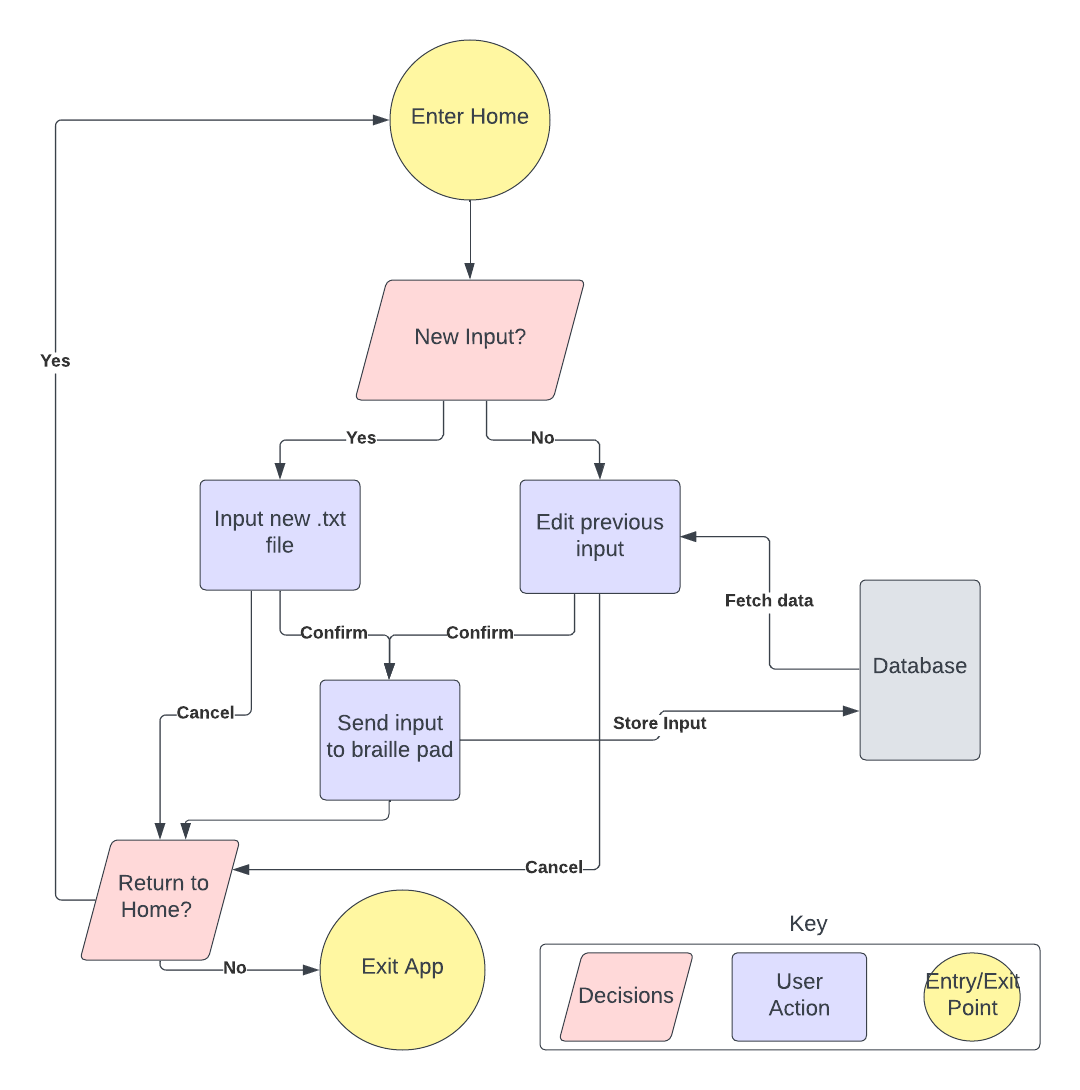• What did you personally accomplish this week on the project? Give files or
photos that demonstrate your progress. Prove to the reader that you put sufficient
effort into the project over the course of the week (12+ hours).
This week I mostly practiced presenting the final presentation for the class and gave out the final presentation on Wednesday. Furthermore, I contacted 5 students from CMU to conduct user-testing for my Web-app. 5 students evaluated the web app on how easy it is to use on a scale of 0 to 10 and evaluated it also on how self-explanatory it is. The evaluation was able to get an average of 8.75 points out of 10 and I realized one way I could improve the web app is by adding a introduction/how to use pop up that can help users get familiar with the web app easier.
• Is your progress on schedule or behind? If you are behind, what actions will be
taken to catch up to the project schedule?
The progress is slightly behind with the difficulty of the motor testing. Samay is currently working on controlling the motor with the Velocity mode instead of the stepper mode and he is planning to use all the time till final demo is due to smoothen out the motor code.
• What deliverables do you hope to complete in the next week?
By next week we plan to have our final demo fully working (1-2 braille cells) and a poster ready for the deliverable.

 Example of the algorithm displaying the encoded output of the text2braille algorithm with the input “Hello World”. 1 denotes actuation, 0 denotes the opposite, “x” denotes new word.
Example of the algorithm displaying the encoded output of the text2braille algorithm with the input “Hello World”. 1 denotes actuation, 0 denotes the opposite, “x” denotes new word.
![What is Braille? [Your Guide to Braille] - Braille Works](https://brailleworks.com/wp-content/uploads/2019/10/Braille_Words_and_Abbreviations_Grade_2-Braille-Works.png)